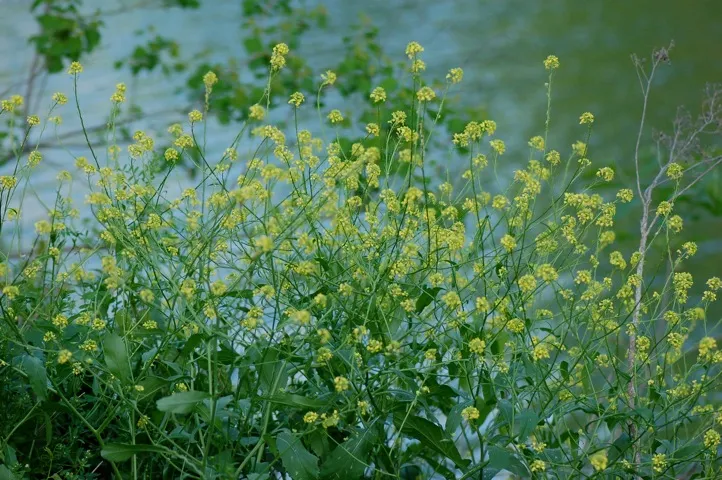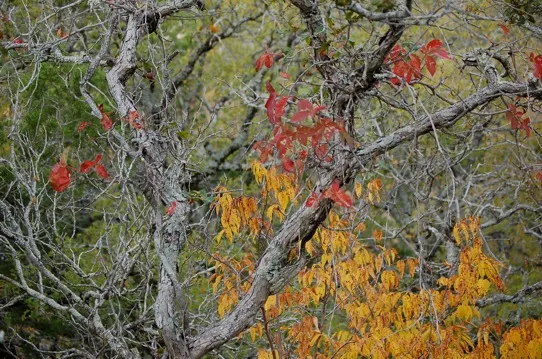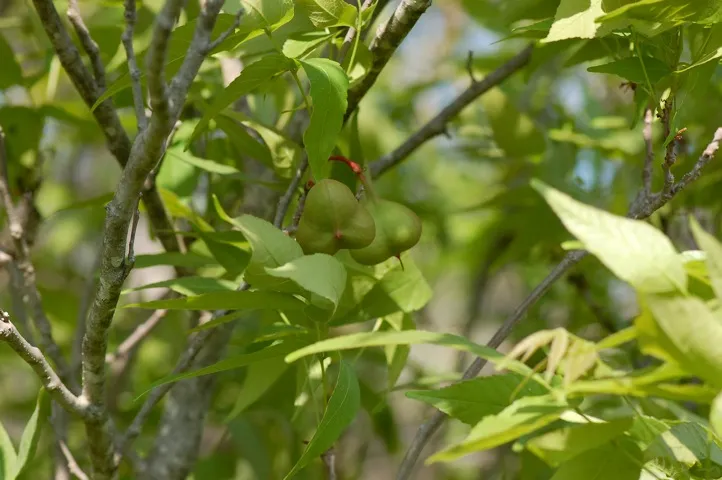By Delmar Cain
My, my what a wonderful spring so far. I don’t know how much our long-term drought condition has been helped, but the rain, coming as it has in small but frequent amounts, has removed drought as a daily conversation topic. And the wildflowers are beginning to bloom like a July 4th fireworks display. Even the invasive bastard cabbage is attractive if you can forget all of the native plants that it is crowding out. To find out more about this invader and why it is on the outlaw list in Texas, go to the Texas Invasive database at: texasinvasives.org/plant_database/detail.php?symbol=RARU

So with plants beginning to bloom and with butterflies flying, it must be time for the annual Mostly Native Plant Sale, sponsored by the Cibolo Nature Center at the Kendall County Fairgrounds in Boerne on April 7th. Membership in the CNC gives members the privilege of buying plants at a pre-sale on Friday evening of April 6th. But don’t worry. I am sure that there will still be plants left on Saturday, but the wine will probably be gone.
The Boerne Chapter of the Native Plant Society of Texas will have a booth as it has in the past. Many of the vendors will have only native plants. But as the name of the sale implies, there will be non-native plants for sale as well. My suggestion for the day is to remember, that just like real estate, the rule, even for native plants, is location, location, location. Make sure that you have the right place to locate the plant you buy. The plant’s growth and your satisfaction depend on that simple fact.

A plant that you will be satisfied with, assuming you have the right place for it, is the Mexican buckeye (Ungnadia speciosa). It is a native of the Edwards Plateau and its range extends west to the trans-Pecos and southern New Mexico and south into Northern Mexico. Although it is usually found as an understory tree along the creeks or on canyon walls in our area, its range indicates that it may be just the kind of plant that will continue to thrive, even if our climate warms and becomes dryer. That is one of the reasons that it was chosen as the Boerne NPSOT, NICE (Natives Instead of Common Exotics) plant of the month for April.
Mexican buckeye, also known as buckeye and false buckeye, is not a true buckeye as the latter common name indicates. It is a spring-flowering small tree or tall shrub in the Soapberry Family. A comparison of similarity of the leaves of the Western Soapberry tree with the leaves of the Mexican buckeye reveals as much. But its three-lobed seedpod, containing three large dark brown to reddish seeds, is similar to the large seedpods of some trees or shrubs in the Buckeye Family. It may be the reason for its common name.

In my opinion the true value of the Mexican buckeye is its drought tolerance and its ornamental appearance. Its fragrant pink to light purple blooms appear early in the spring and can rival, on a healthy tree, the blooms of the redbud tree, another early bloomer. I am not the only one to note the similarity, because both the Mexican buckeye and the redbud are host plants for the Henry’s elfin butterfly. Other bees and butterflies find it attractive as well.
The Mexican buckeye also provides excellent color in the fall with its leaves turning a bright yellow. It makes a wonderful contrast when placed next to a Big Tooth Maple or a red oak.
You will probably be able to find Mexican buckeye at the Mostly Native Plant sale on Saturday. If you don’t, take a short but scenic drive on SH 16 to Medina Garden Nursery in Medina, where I am sure Ernesto will have one for sale. It will give you a good chance to see lots of butterflies feeding on native plants.
For instructions on planting your Mexican buckeye, check the NICE Plant of the Month at the Boerne Chapter website: http://www.npsot.org/wp/boerne/
Enjoy this spring weather. Summer may not be looking at a calendar.

